Every big city hides secrets that remain under the radar of mass tourism, and Cusco is no exception. From hidden temples just an hour’s walk from the Plaza de Armas, through a mysterious Haunted House, to a psychedelic sunrise of three suns, these are the 7 secrets of Cusco that you will not find in the tourist guides, 7 secret of Cusco.
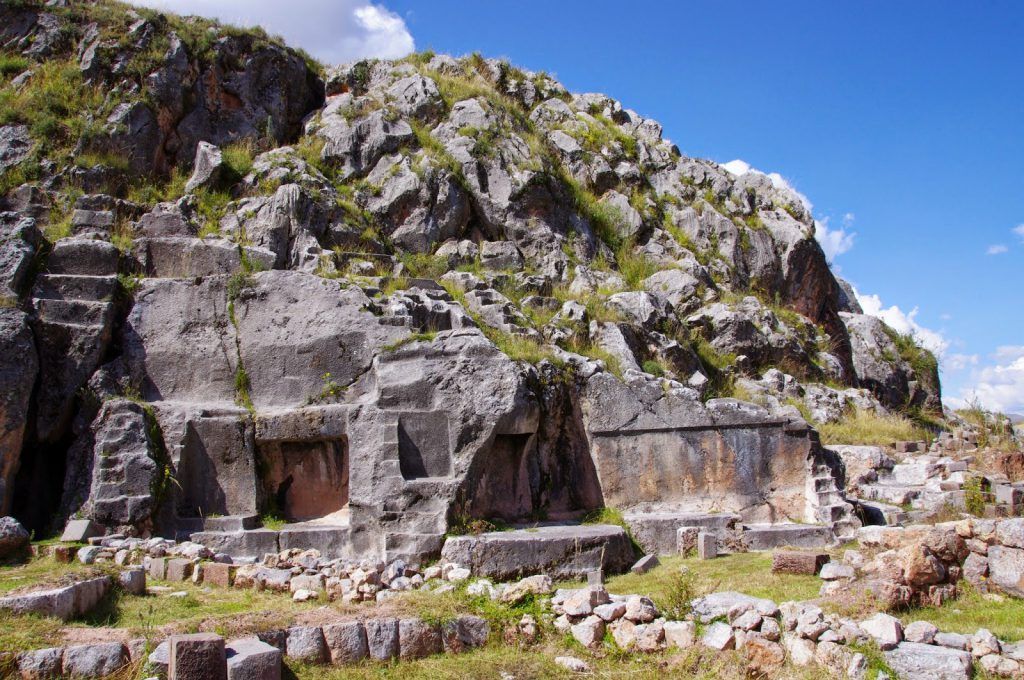
1. TEMPLE OF THE MOON
The Temple of the Moon is literally at the tip of the hill, away from the noise and movement of Cusco even if it is only an hour’s walk away. The temple contains a cave with a ceremonial altar, where the figures of pumas, snakes and condors are carved. Its purpose is to revere fertility, so its caves were built to let in sunlight and moonlight on specific days, pointing to specific parts of the altars. The access to the temple is completely free.
How to get there: From the Plaza de Armas, you must walk along Calle Triunfo street (and its various names that follow), crossing the entire San Blas neighborhood. The road is uphill, so it requires a minimum physical level. Eventually the route becomes rural, to follow some stairs until you reach the green plateau where the Temple is located. There is also the Cueva del Mono, Zone X and Quenco, part of the Cusco City Tour that we offer in Andean Peru Treks.
2. LAST DINNER WITH CUY
The cultural appropriation of certain beliefs, especially when it comes to religious works, gives a special flavor to an already known history. This is the case of the canvas of the Last Supper in the Cathedral of Cusco. We have the classic elements of the Last Supper, but clearly it seems that the feast was given in Cusco. In the painting you can see chili peppers, fruits, corn and the most important thing: a guinea pig, the most desirable rodent of the premises since pre-Hispanic times. The painting is attributed to Peruvian painter Marcos Zapata, who used to incorporate secrets like these into his works.
Where to see it: In the Basilica of the Cathedral of Cusco, in the Plaza de Armas.
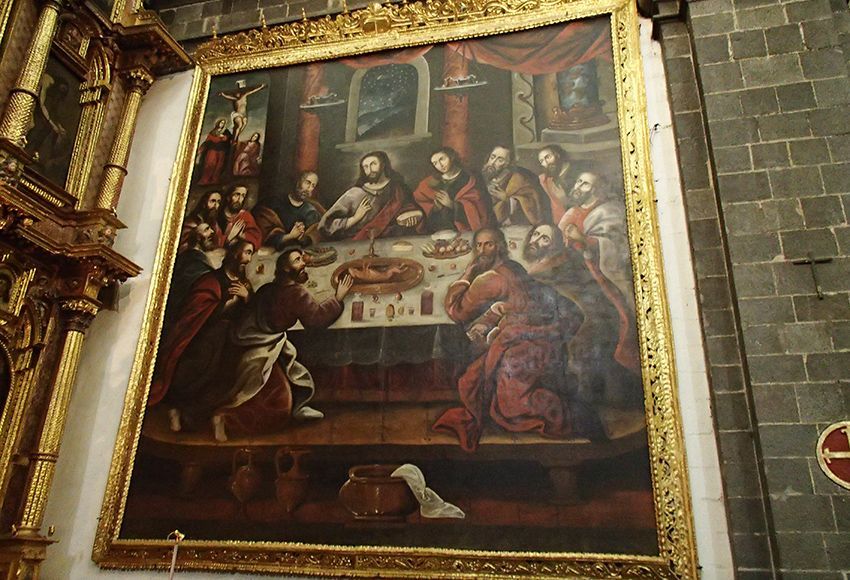
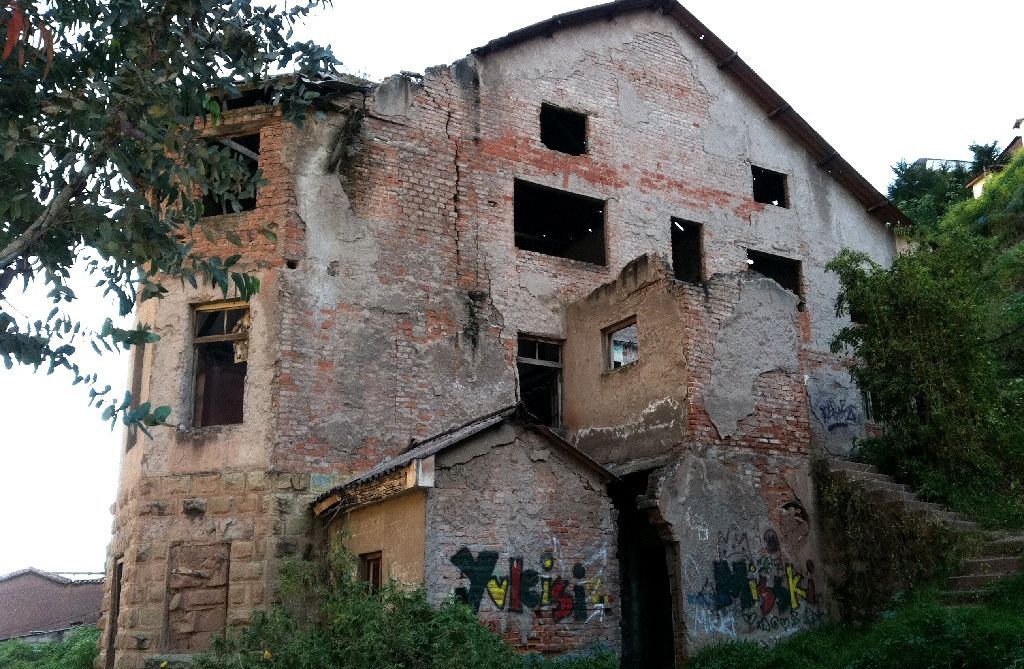
3. THE CURSED HOUSE
We must say it in front: we do not recommend, for any reason, to enter this house, since it is in complete deterioration and with structural cracks. That said, it is interesting to observe it from Saphi Street and at the same time think about what has happened here during the last 70 years that has remained uninhabited. It all started after a woman was killed by her lover, says the journalist from Estela Bocangel. Since then the house has been the place of secrets, strange rituals, torture and homicides. Without going any further, the leader of the Colliguay Sect, Ramón Castillo (better known as Antares de la Luz) committed suicide here in 2013, after making world news for having burned a newborn alive during a ritual.
How to see it: You must walk along Plateros Street (later called Saphi Street) to the northwest. The house is near the numbering 800.
4. DEVIL BALCONY
Behind Sacsayhuamán, one of the most important Inca archeological centers in the sector and part of our Cusco City Tour, is the Balcón del Diablo. A natural architectural heritage that the Incas took advantage of as a point of entry to the city of Cusco. It is a giant rock, which in the middle has a kind of window (or balcony) with a spectacular view of the river that runs below. In addition, you can cross the rock through the tunnel that is at the river level.
How to get there: From Sacsayhuaman you walk 20 minutes to get to the place, on the side of the Chakan community.

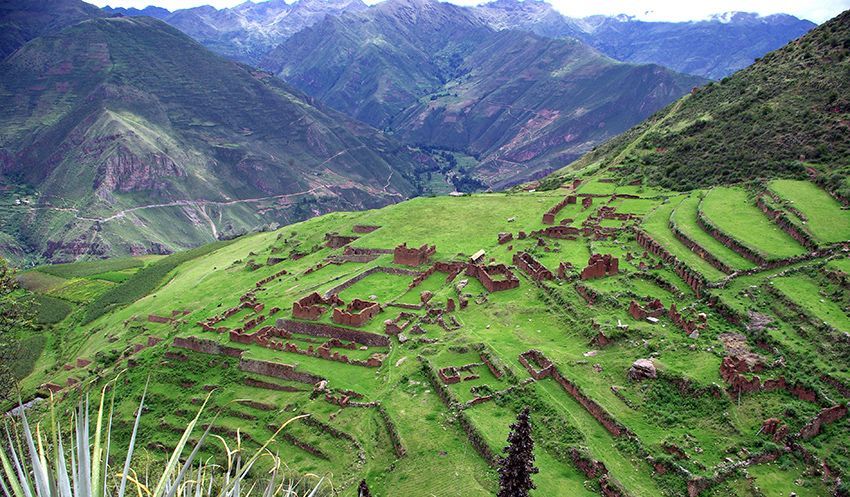
5. HUCHUY QOSCO
A perfect trek to do during the day, Huchuy Qosqo (Little Cusco in Quechua) is 3650 meters above sea level and offers incredible views of the Sacred Valley. In its time it was an important agricultural center for the production of corn, with perfect stone works called Collcas, to store and preserve food. There are no public roads that access it, but in Denomades we have a trekking that connects Huchuy Qosco with Machu Picchu in two days.
How to get there: From Cusco, take a vehicle north to Calca. From the Minasmoqo sector, continue on foot or on horseback to the base of the mountain. Then he climbs the hillside until he reaches the ruins.
6. WAQRAPUKARA
Waqrapukara is so unknown that it is not yet known whether it was a fortress, a sanctuary or an astronomical observatory. This monument is located at 4,300 meters above sea level in the Apurimac canyon, south of the city of Cusco. Its landscape is overwhelming, because it is surrounded by impressive platforms, squares and a giant monolith that contemplates the mountain landscape.
How to get there: You must drive from Cusco to Saint Lucia on a two and a half hour trip. From Santa Lucia a 2 hour trek is made.

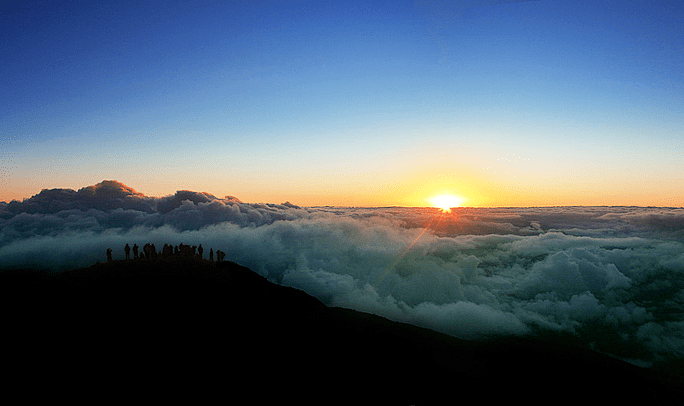
7. THREE CROSSES
In the Tres Cruces Natural Viewpoint you can see one of the most spectacular and secret sunrises in the world. We are not exaggerating. This viewpoint is located in Paucartambo, just over 100 km southeast of the city of Cusco. It is called Tres Cruces because, during the winter solstice (June 21) and in the near days, a phenomenon occurs in which the atmosphere of the place distorts the sunlight, making believe that there is no one, if not 3 suns That light the earth.
How to get there: It is a total journey of 5 hours from Cusco to Paucartambo, crossing the last section by truck because the route is not paved. The effect begins to be visible from 4.30 am, so it is recommended to leave early the night before to enjoy the place with time. You can combine your trip with a tour of the Manu National Park, where there are incredible species of vegetables and animals in the area.
